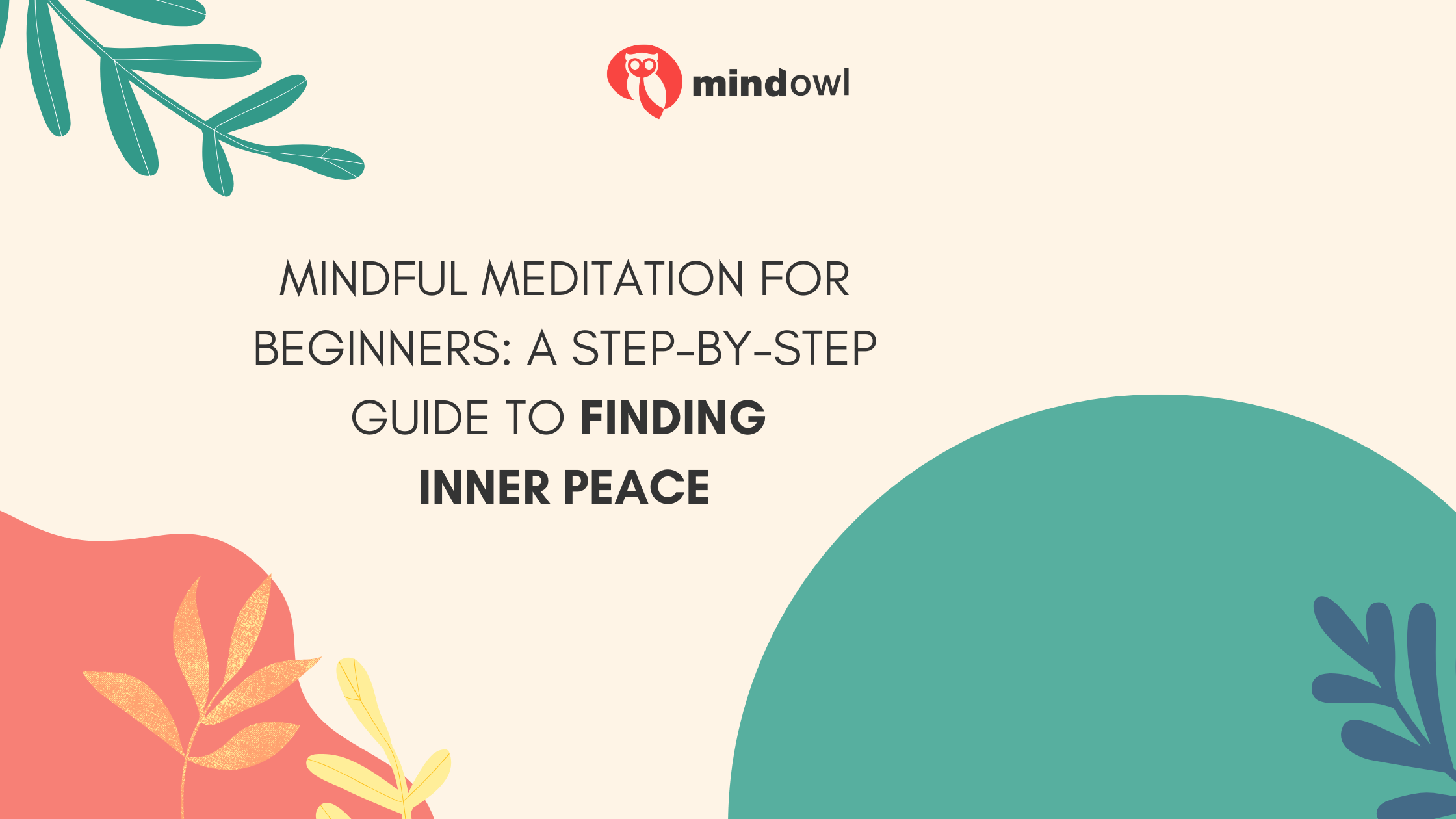In today’s hectic world, the search for calm and mental clarity has become more important than ever. Mindfulness meditation, a practice focused on being present and fully engaged in the moment, offers a powerful way to reduce stress, improve focus, and boost self-awareness. Unlike traditional meditation, which often aims to achieve a specific state of mind, mindfulness emphasizes the simple act of observing thoughts, sensations, and surroundings without judgment.
If you’re ready to take the first step toward inner peace, this beginner’s guide Illuminate Your Wellness Journey with Good Friday Wellness to ease into the practice of mindfulness meditation.

Finding a Quiet Space
Creating a peaceful environment is essential for mindfulness meditation. A quiet, serene space allows you to minimize distractions and tune into the present moment. Whether it’s a corner of your bedroom, a cozy spot in the living room, or a quiet outdoor area, choose a space that feels calming to you.
Tips for creating a calming atmosphere:
- Dim the lights or light a candle to create a soothing ambiance.
- Remove distractions by silencing your phone and reducing noise as much as possible.
- Consider playing soft, ambient music or nature sounds to enhance your sense of calm.
Having a dedicated meditation space can help reinforce your intention to practice mindfulness regularly.
Choosing a Comfortable Posture
Your posture plays a key role in your meditation experience. The goal is to find a position that allows you to stay alert but comfortable enough to relax. You can meditate sitting, lying down, or even walking.
Popular meditation postures include:
- Sitting: Sit on a chair or cushion with your back straight, hands resting on your knees, and feet flat on the ground. This posture helps keep the mind alert while relaxing the body.
- Lying down: If you prefer a more restful approach, lie flat on your back with your arms relaxed at your sides. Just be mindful not to fall asleep!
- Walking meditation: For those who find it difficult to sit still, walking meditation can be a great alternative. Focus on each step, observing the sensation of your feet touching the ground.
Choose the posture that feels most comfortable and sustainable for you, adjusting as needed to ensure you’re not straining.
Focusing on the Breath
Breathing is the foundation of mindfulness meditation. By focusing on your breath, you can anchor yourself in the present moment and quiet the mental chatter. The beauty of this technique is its simplicity—you’re simply observing your breath, whether it’s deep or shallow, fast or slow.
Basic breathing techniques:
- Deep belly breathing: Inhale deeply through your nose, allowing your belly to rise, then exhale slowly through your mouth. This promotes relaxation and helps you focus.
- Counting breaths: Inhale deeply and count each breath—1 on the inhale, 2 on the exhale, and so on—up to 10. Once you reach 10, start over. This helps maintain focus and prevents the mind from wandering.
The key is to observe the breath without trying to control it. Let it flow naturally, and simply bring your attention back to the breath if it wanders.
Dealing with Distractions
It’s completely normal for the mind to wander during meditation. Thoughts, emotions, or even external sounds may distract you from your focus. Instead of resisting these distractions, mindfulness teaches you to acknowledge them and gently bring your attention back to the present moment.
Techniques for dealing with distractions:
- Acknowledge the thought: If a distracting thought arises, simply note it without judgment. You can label it as “thinking” and then return to focusing on your breath.
- Letting go: Visualize your thoughts as clouds floating by in the sky. Allow them to drift away without becoming attached to them.
Remember, it’s not about having a completely blank mind. It’s about becoming aware of when your mind has wandered and kindly guiding it back.
Setting Realistic Expectations
Mindfulness meditation is a practice, and like any new skill, it takes time to develop. Some days, you may feel deeply connected and peaceful, while other days might feel more challenging. That’s okay! The important thing is to approach the practice with patience and self-compassion.
Encouragement for beginners:
- Start with just 5 minutes a day and gradually increase your meditation time as you feel more comfortable.
- Be kind to yourself—there’s no such thing as a “perfect” meditation session.
- Celebrate the small victories, like noticing when your mind has wandered and bringing it back to the present.
The journey of mindfulness is ongoing, and each session, no matter how short or distracted, is progress toward a more peaceful mind.
Conclusion
Mindfulness meditation is a powerful tool for finding inner peace and improving overall well-being. By following these simple steps finding a quiet space, choosing a comfortable posture, focusing on your breath, dealing with distractions, and setting realistic expectations—you can begin your journey toward greater mindfulness and self-awareness.
Practice regularly and be patient with yourself. Over time, you’ll likely notice improvements in your stress levels, focus, and emotional resilience. For those looking to deepen their practice, there are plenty of additional resources, including guided meditations and meditation apps, to explore further.
MindOwl Founder – My own struggles in life have led me to this path of understanding the human condition. I graduated with a bachelor’s degree in philosophy before completing a master’s degree in psychology at Regent’s University London. I then completed a postgraduate diploma in philosophical counselling before being trained in ACT (Acceptance and commitment therapy).
I’ve spent the last eight years studying the encounter of meditative practices with modern psychology.

